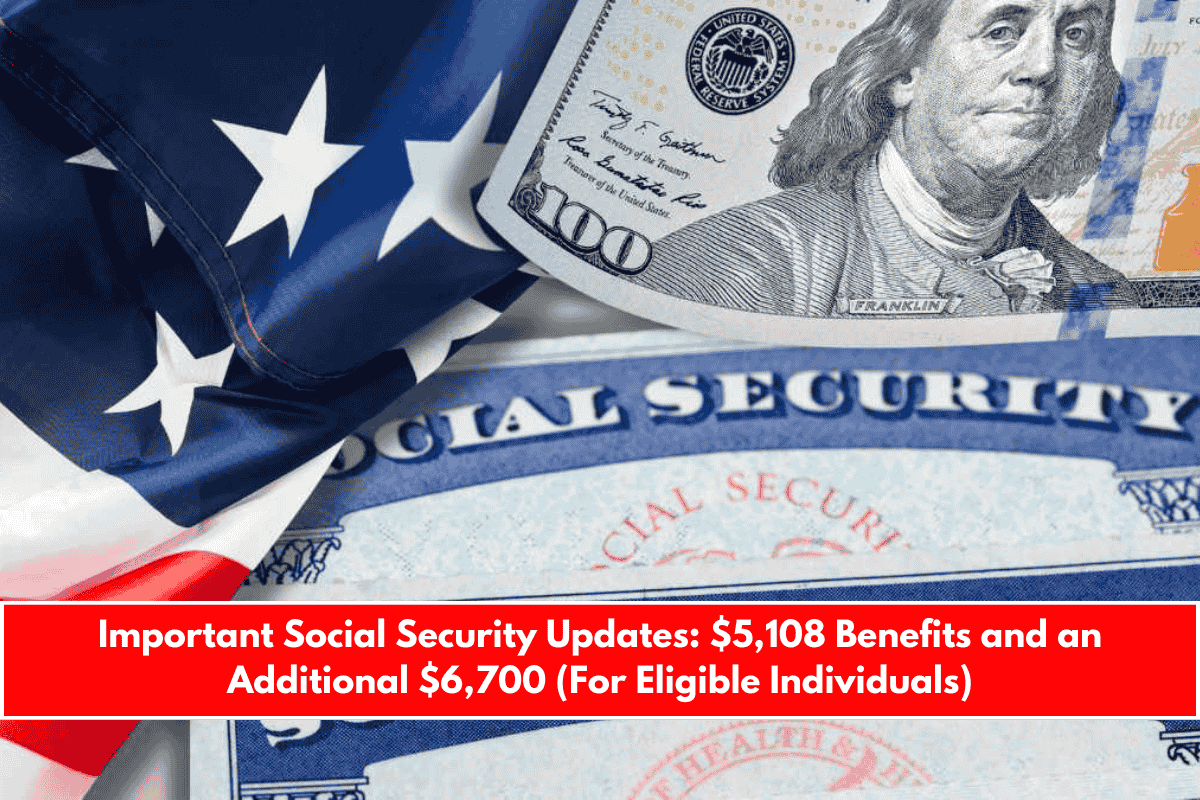The Social Security Administration (SSA) has confirmed the distribution of retirement payments for beneficiaries in April 2025, with specific payment dates based on the beneficiary’s birthdate. The payments are made on the second, third, and fourth Wednesdays of the month, with each group receiving their checks on these dates.
Who Receives Social Security Payments on April 16, 2025?
The April 16th payment will be distributed to those who were born between the 11th and 20th of any month. This payment applies to:
- Retirement benefits: Beneficiaries must have earned at least 40 work credits (about 10 years of work).
- Disability benefits (SSDI): These are paid to those with a medical condition that prevents work for at least one year or results in death.
- Survivor benefits: These are paid to the spouse, children, or dependent parents of a deceased worker who was eligible for Social Security.
Additionally, those receiving SSDI benefits who reach retirement age will automatically stop receiving disability payments and begin receiving retirement payments instead.
Average and Maximum Social Security Payments in April 2025
The average retirement benefit for 2025 is $1,976 per month, which represents a 2.5% increase from $1,927 in 2024. For couples where both individuals receive benefits, the combined average is $3,089 per month, also adjusted for inflation.
The amounts depend on an individual’s Average Indexed Monthly Earnings (AIME), which reflects the beneficiary’s work history and income. Most people receive less than the maximum amount, as the payments are based on income history and years of contributions. Here are the key benefit amounts for 2025:
- Retire at 62: The maximum benefit is $2,831 per month.
- Full retirement age (around 66-67): The maximum benefit is $4,018 per month.
- Retire at age 70: The maximum benefit increases to $5,108 per month, thanks to an 8% increase for each year you delay retirement beyond full retirement age.
These maximum amounts are available only to those who have had high earnings for at least 35 years and paid taxes based on the Social Security taxable limit, which is $176,100 for 2025.

Supplemental Security Income (SSI) Payments in 2025
The Supplemental Security Income (SSI) program provides assistance to individuals who have limited income and resources, regardless of their work history. In 2025, SSI benefits are as follows:
- Individuals: Up to $967 per month.
- Couples: Up to $1,450 per month.
Unlike Social Security, SSI is needs-based, meaning it’s not dependent on previous employment contributions.
Working While Receiving Social Security Benefits
If you work while receiving Social Security benefits, your payments may be reduced if your earnings exceed certain thresholds. For individuals under age 67, the earnings limit is $23,400 per year. For those who reach full retirement age, the limit increases to $62,160.
However, if you receive the maximum benefit based on your work history, these earnings limits will not affect your payments.
Changes from the Social Security Fairness Act
The Social Security Fairness Act, effective January 2025, has brought significant relief to public sector workers, including teachers, firefighters, and federal employees.
For years, these workers saw their pensions reduced due to provisions such as the Windfall Elimination Provision (WEP) and Government Pension Offset (GPO), which penalized those with retirement plans outside the traditional Social Security system.
With the abolition of the WEP and GPO, these workers are now seeing a retroactive payout. Between February and March 2025, the SSA distributed over $7.5 billion, with 1.1 million people receiving an average of $6,700.
Starting in April 2025, permanent increases began to be reflected in their monthly benefits:
- Retirees affected by the old rules now see an extra $360 per month.
- Spouses of affected retirees now receive an additional $700.
- Widows of affected retirees receive an extra $1,190 per month.
Potential Delays in Adjustments
While the changes from the Social Security Fairness Act bring financial relief, the SSA has warned that delays may occur due to staff cuts during the Trump administration and experimental changes in the DOGE Department under Elon Musk.
The SSA recommends that beneficiaries wait until April for stabilized payments and avoid asking for specific amounts until then.











Leave a Reply